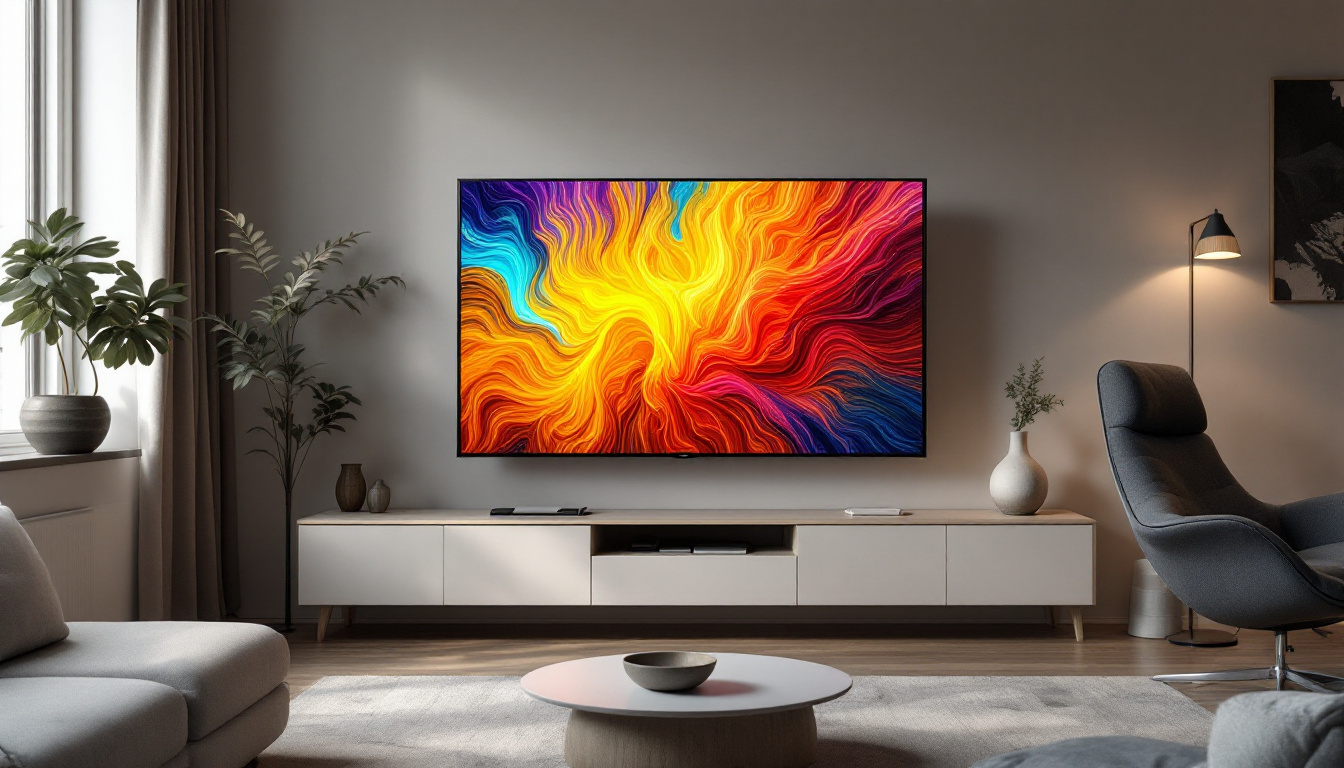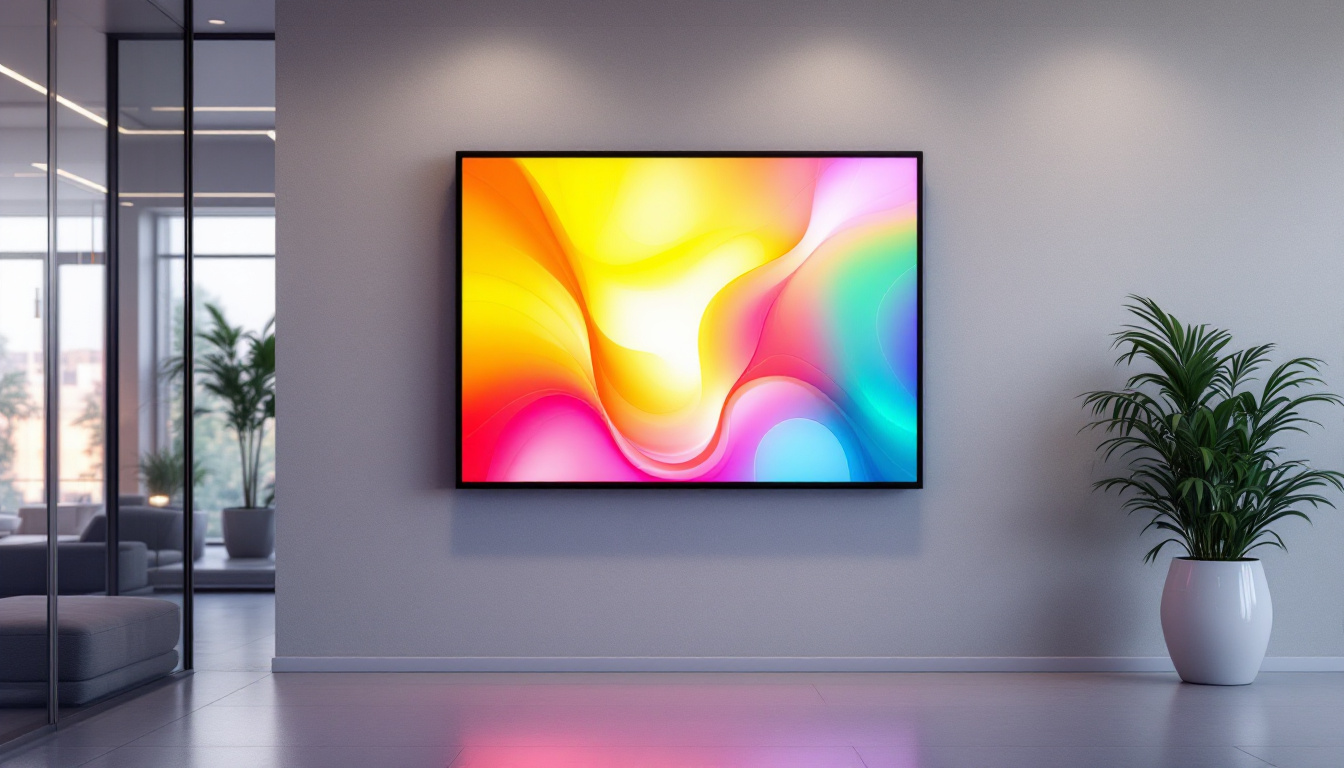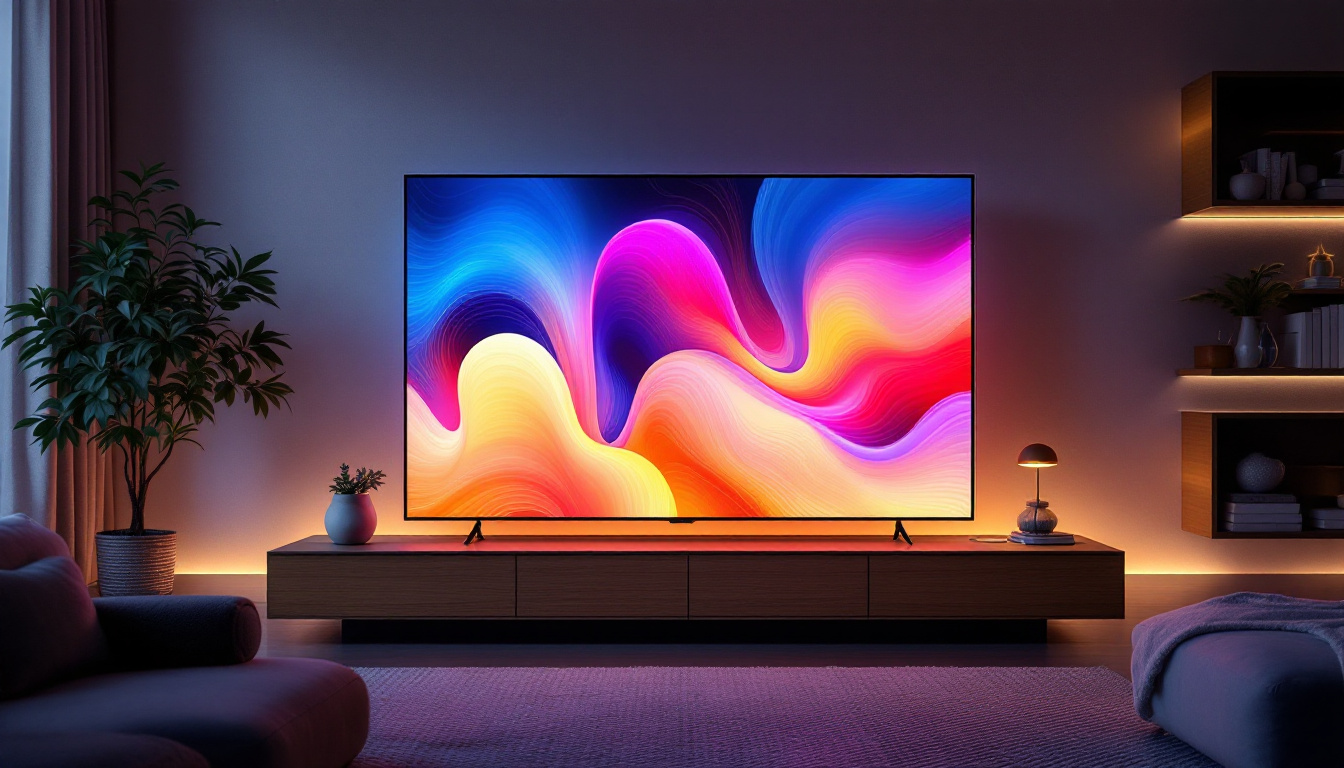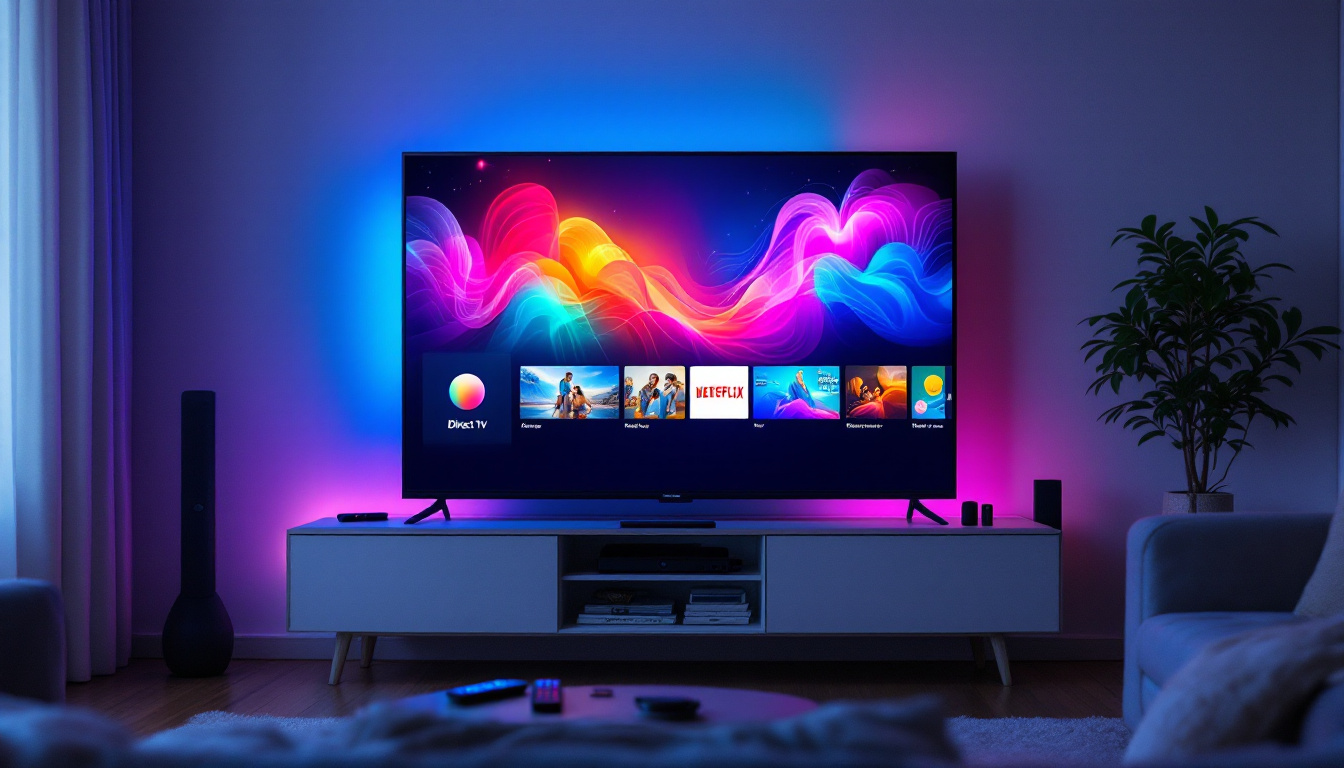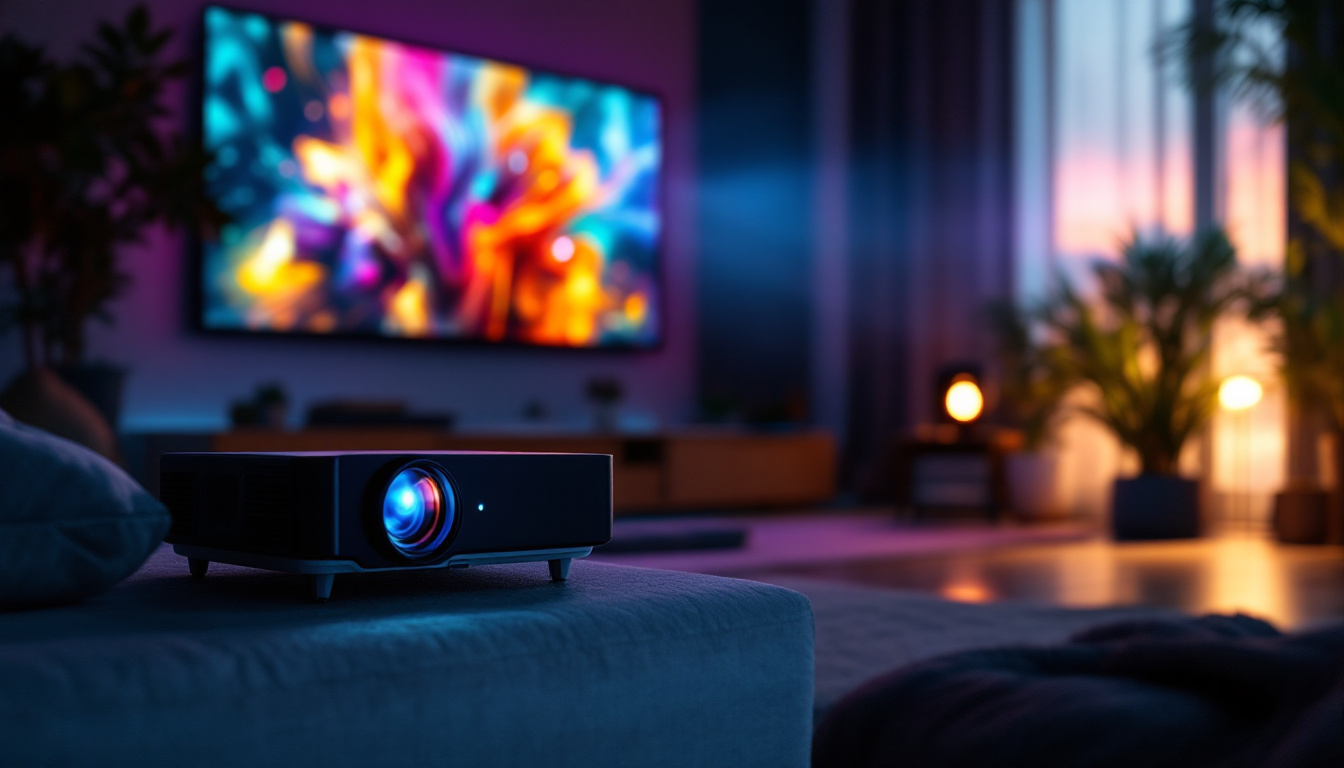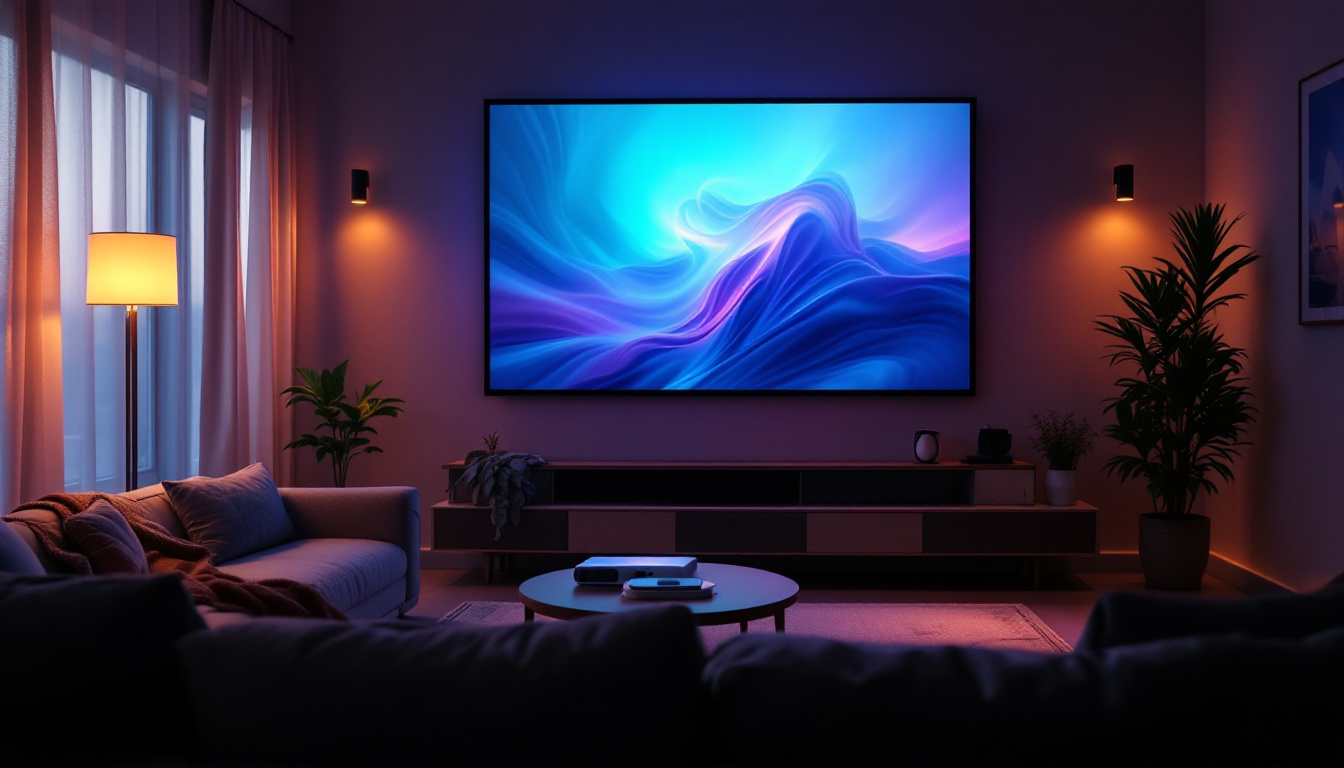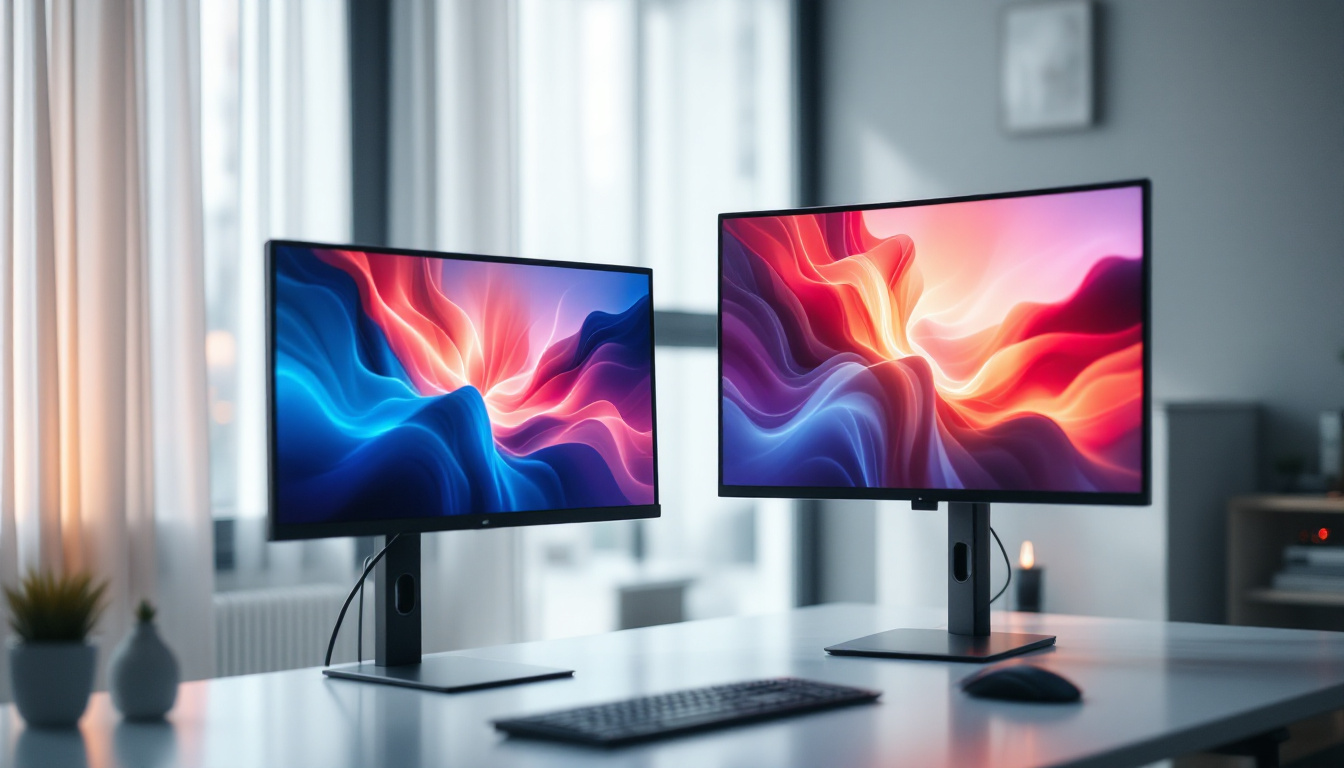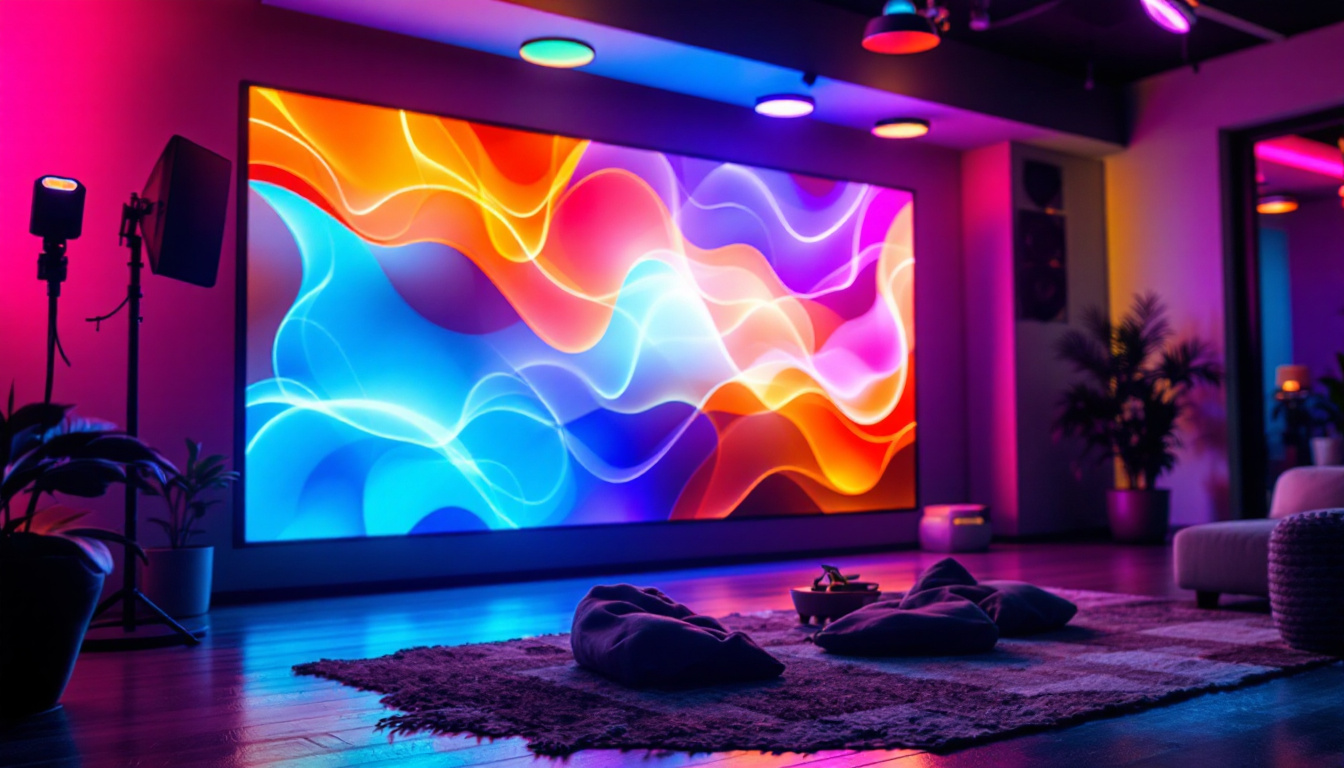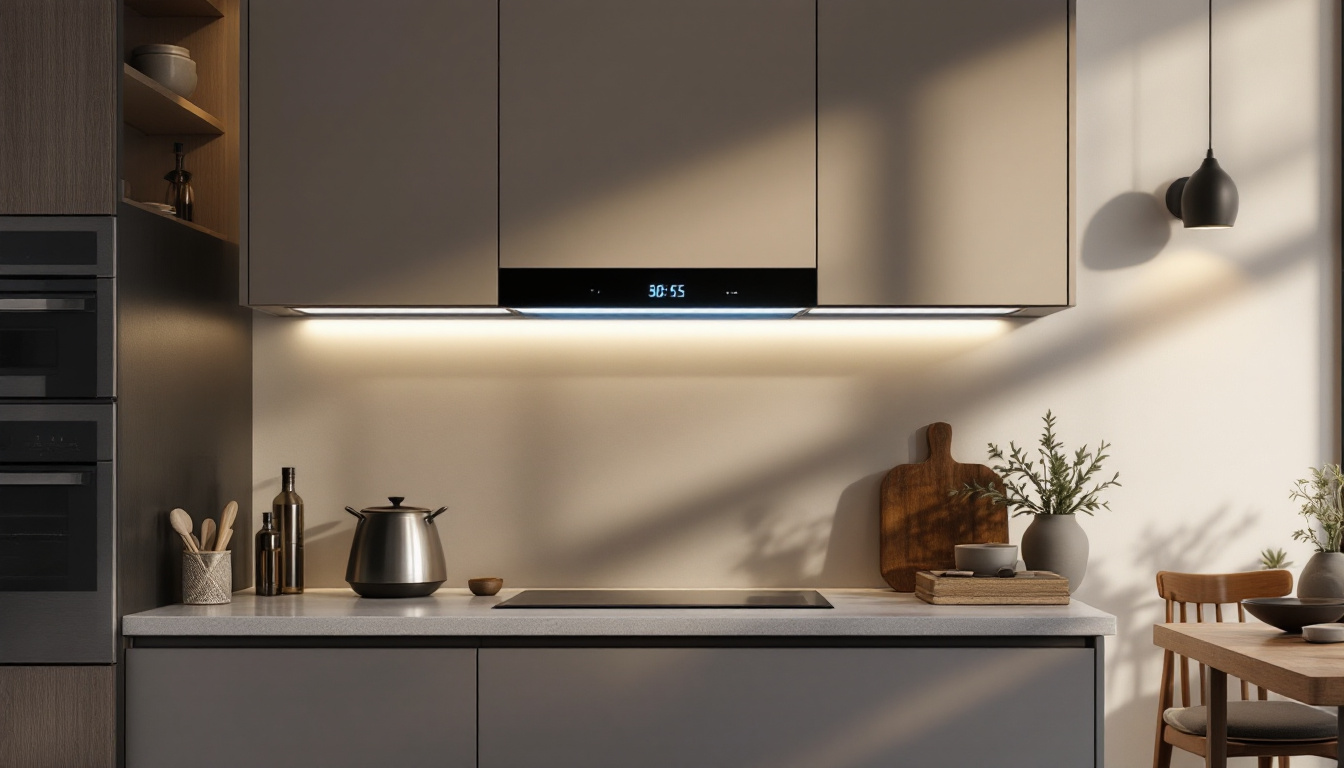How Do You Measure A Flat Screen TV: LED Display Explained
In the age of advanced technology, flat screen TVs have become a staple in homes worldwide. Among the various types available, LED displays have gained immense popularity due to their vibrant colors and energy efficiency. However, when it comes to purchasing or setting up a flat screen TV, understanding how to measure it accurately is crucial. This article delves into the nuances of measuring a flat screen TV, particularly focusing on LED displays.
Understanding Flat Screen TV Measurements
Measuring a flat screen TV may seem straightforward, but there are several factors to consider. The most common measurement is the diagonal size of the screen, which is typically expressed in inches. However, this measurement alone does not provide a complete picture of the TV’s dimensions and its suitability for a particular space.
Diagonal Measurement
The diagonal measurement is taken from one corner of the screen to the opposite corner. This is the standard way manufacturers advertise their TVs, and it helps consumers quickly compare sizes. For instance, a 55-inch TV means the diagonal measurement of the screen is 55 inches. However, this measurement does not account for the bezel or frame surrounding the screen, which can add to the overall size of the unit. It’s also worth noting that the aspect ratio of the TV, typically 16:9 for most modern TVs, plays a role in how the screen’s height and width relate to the diagonal measurement. A wider screen can enhance the viewing experience for movies and sports, making it an important consideration for buyers.
Width and Height
In addition to the diagonal measurement, it is essential to know the width and height of the TV. These dimensions can vary significantly based on the model and design. The width is measured from one side of the bezel to the other, while the height is measured from the bottom of the screen to the top. Knowing these measurements is vital, especially when considering where to place the TV, such as on a stand or mounted on a wall. Furthermore, the height can impact viewing angles, particularly in larger rooms where viewers may be seated at varying distances. Ideally, the center of the screen should be at eye level when seated, which can help prevent neck strain during extended viewing sessions.
Depth and Weight
While depth and weight may not be the first considerations for most buyers, they are equally important. The depth of a flat screen TV can influence how it fits into a space, particularly for wall mounting. Additionally, understanding the weight is crucial for ensuring that the wall mount or furniture can support the TV adequately. Most LED TVs are relatively lightweight compared to older models, but it is still essential to check these specifications before making a purchase. Beyond just the physical dimensions, the depth can also affect cable management and the overall aesthetic of your setup. A thinner profile can lead to a sleeker look, especially in modern living spaces where minimalism is favored. Moreover, knowing the weight can assist in planning for any additional equipment, such as soundbars or gaming consoles, that may need to be accommodated alongside the TV.
Factors Influencing TV Size Selection
Choosing the right size flat screen TV involves more than just knowing the measurements. Various factors can influence the decision, including room size, viewing distance, and personal preferences.
Room Size and Layout
The size of the room where the TV will be placed plays a significant role in determining the appropriate screen size. A smaller room may require a smaller TV to avoid overwhelming the space, while a larger room can accommodate a bigger screen. Additionally, the layout of the room, including furniture placement and wall space, should be considered. A TV that is too large for a small room can lead to discomfort during viewing, while a small TV in a large room may not provide an immersive experience. For instance, if the TV is mounted on a wall, it’s crucial to ensure that it is at eye level when seated, which can further dictate the size and height of the screen. Furthermore, the color and decor of the room can affect how the TV fits into the overall aesthetic, making it important to consider the visual harmony of the space.
Viewing Distance
Another critical factor is the viewing distance, which refers to how far away the viewer will typically sit from the TV. A general guideline is that the viewing distance should be approximately 1.5 to 2.5 times the diagonal size of the screen. For example, if a viewer has a 55-inch TV, they should sit between 6.5 and 11.5 feet away for optimal viewing. This distance ensures that the viewer can appreciate the picture quality without straining their eyes. Additionally, the resolution of the TV can also play a role in determining the ideal viewing distance; for instance, 4K televisions allow for closer viewing distances without sacrificing clarity, which can open up options for those with limited space. Understanding the nuances of viewing distance can help viewers maximize their enjoyment of high-definition content.
Personal Preference
Ultimately, personal preference plays a significant role in selecting the right TV size. Some individuals may prefer a larger screen for a more cinematic experience, while others may opt for a smaller size for a more subtle look. Additionally, factors such as the type of content being viewed—movies, sports, or gaming—can influence the desired screen size. It is essential to balance personal preferences with practical considerations to find the ideal fit. For example, avid gamers might lean towards larger screens to enhance their gaming experience, while casual viewers might prioritize a sleek design that complements their living space. Moreover, the rise of smart TVs with integrated streaming services has also shifted preferences, as users may want a larger screen to enjoy their favorite shows and movies with family and friends, making the social aspect of viewing an important consideration in their decision-making process.
How to Measure Your Space for a Flat Screen TV
Once the appropriate size has been determined, the next step is to measure the space where the TV will be placed. This ensures that the TV will fit comfortably and allows for any additional components, such as sound systems or gaming consoles.
Measuring Wall Space
If planning to mount the TV on a wall, measuring the wall space is crucial. Start by measuring the width of the wall to ensure the TV will fit without obstruction. Additionally, consider the height at which the TV will be mounted. The ideal height is typically at eye level when seated, which enhances the viewing experience. It is also important to account for any shelves, artwork, or other items that may interfere with the TV’s placement.
Measuring Furniture Space
For those opting for a TV stand or entertainment center, measuring the furniture space is equally important. Ensure that the stand is wide enough to support the TV’s width and that it can bear the weight. Additionally, consider the height of the stand; it should allow for comfortable viewing angles. It is also wise to leave some space for other devices, such as DVD players, gaming consoles, or cable boxes, to avoid a cluttered appearance.
Considering Cable Management
When measuring space for a flat screen TV, it is essential to consider cable management. A clean and organized setup enhances the overall aesthetic of the room. Check for available outlets and plan for cable routing. Many modern TV stands come with built-in cable management systems, but if not, consider using cable ties or covers to keep cords tidy and out of sight.
Understanding LED Display Technology
LED (Light Emitting Diode) displays are a popular choice among consumers due to their superior picture quality and energy efficiency. Understanding how LED technology works can help in making informed decisions when purchasing a flat screen TV.
What is LED Technology?
LED technology uses diodes to produce light, which is then used to illuminate the screen. Unlike traditional LCD TVs that use fluorescent backlighting, LED TVs provide better contrast and brightness. There are two main types of LED displays: edge-lit and full-array. Edge-lit displays have LEDs located around the edges of the screen, while full-array displays have a grid of LEDs behind the screen, offering more uniform brightness and improved picture quality.
Benefits of LED Displays
One of the primary benefits of LED displays is their energy efficiency. They consume less power than traditional LCD or plasma TVs, making them a more environmentally friendly option. Additionally, LED TVs typically offer better color accuracy and contrast ratios, resulting in a more vibrant viewing experience. They also have faster response times, which is particularly beneficial for fast-paced content like sports or action movies.
Considerations When Choosing an LED TV
When selecting an LED TV, several factors should be considered. First, look for the resolution, as higher resolutions such as 4K provide sharper images. Additionally, consider the refresh rate, which affects motion clarity. A higher refresh rate is preferable for gaming and sports. Finally, consider the TV’s smart features, such as built-in streaming services and voice control capabilities, which can enhance the overall viewing experience.
Conclusion: Making an Informed Decision
Measuring a flat screen TV accurately is essential for ensuring it fits well within a designated space and meets the viewer’s needs. Understanding the various measurements, such as diagonal size, width, height, depth, and weight, lays the foundation for making an informed decision. Additionally, considering factors like room size, viewing distance, and personal preferences can guide consumers in selecting the right TV size.
Moreover, grasping the fundamentals of LED display technology can enhance the viewing experience, allowing consumers to appreciate the benefits of this advanced technology. With careful measurement and consideration, finding the perfect flat screen TV becomes a straightforward process, leading to countless hours of enjoyable viewing.
Discover the Future of Visual Experience with LumenMatrix
Ready to elevate your viewing experience with the latest in LED display technology? LumenMatrix is at the forefront of innovation, offering a wide array of LED display solutions tailored to your needs. From mesmerizing Indoor LED Wall Displays to dynamic Outdoor LED Wall Displays, and from versatile Vehicle LED Displays to sleek LED Poster Displays, our products are designed to captivate and engage. Embrace the revolution in visual communication with our LED Sports Displays, interactive Floor LED Displays, and the stunning clarity of our Custom LED Displays. Experience the seamless integration of our All-in-One LED Displays and the breathtaking transparency of LED Transparent Displays. Don’t just watch—immerse yourself in unparalleled visual storytelling. Check out LumenMatrix LED Display Solutions today and transform your space into a hub of innovation and engagement.

